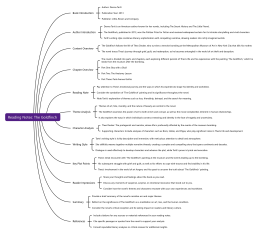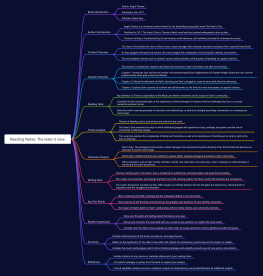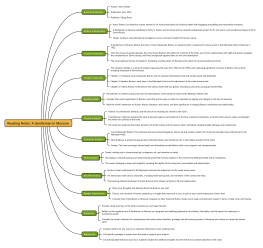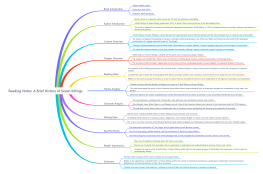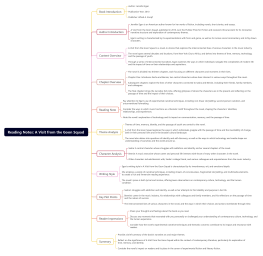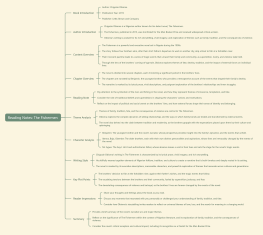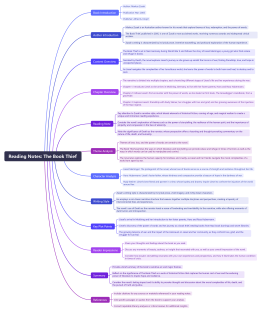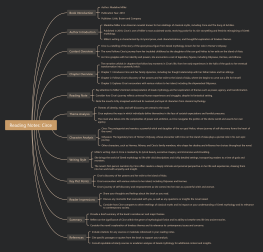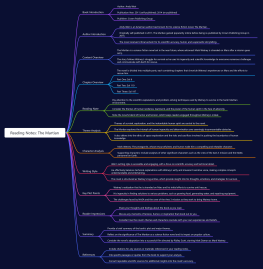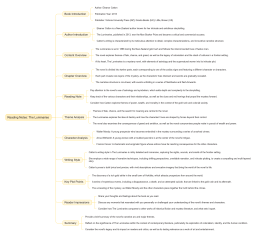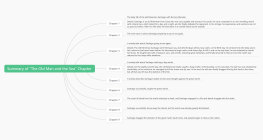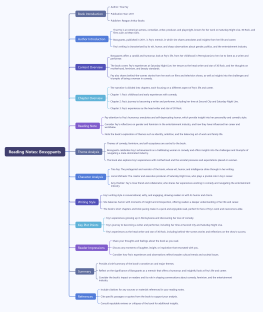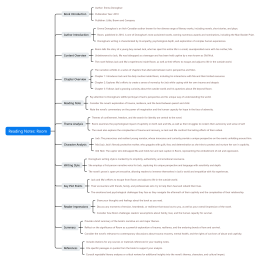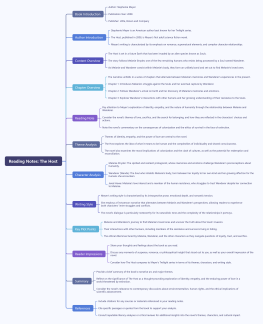A Man Called Ove-Fredrik Backman: Book Summary
2024-07-19 15:46:21 1 Report
Login to view full content
Other creations by the author
Outline/Content
Book Introduction
Author: Fredrik Backman
Publication Year: 2012
Publisher: Atria Books
Author Introduction
Fredrik Backman is a Swedish author known for his novels that blend humor, warmth, and poignant observations of human nature.
A Man Called Ove, published in 2012, was Backman's debut novel and quickly became an international bestseller, winning numerous awards and accolades.
Backman's writing often explores themes of love, loss, community, and the resilience of the human spirit.
Content Overview
A Man Called Ove follows the story of Ove, a grumpy and isolated elderly man living in a small Swedish neighborhood.
Ove's life is disrupted by the arrival of new neighbors and unexpected friendships, prompting him to confront his past and reconsider his outlook on life.
The novel is a heartwarming tale of redemption, highlighting the transformative power of compassion, friendship, and love.
Chapter Overview
The narrative unfolds through a series of chapters, each chronicling different episodes in Ove's life and his interactions with the people around him.
Chapter 1: Introduces Ove's daily routines and his gruff demeanor towards his neighbors.
Chapter 2: Explores Ove's past through flashbacks, revealing the events and relationships that have shaped his personality.
Chapter 3: Introduces the new neighbors, Parvaneh and her family, whose presence disrupts Ove's solitude.
Reading Note
Pay attention to Backman's skillful blend of humor and pathos, which creates a rich and emotionally resonant narrative.
Consider the novel's exploration of themes such as loneliness, grief, redemption, and the importance of human connection.
Note the development of Ove's character throughout the story, from a grumpy curmudgeon to a compassionate friend and neighbor.
Theme Analysis
Themes of community, empathy, and the resilience of the human spirit are central to the novel.
A Man Called Ove celebrates the power of compassion and human connection to overcome adversity and find meaning in life.
The novel also explores the complexities of grief and loss, as well as the transformative potential of forgiveness and redemption.
Character Analysis
Ove: The protagonist of the novel, whose gruff exterior masks a deeply compassionate and caring nature.
Parvaneh: Ove's spirited and persistent neighbor, whose friendship and support help Ove break free from his isolation.
Sonja: Ove's late wife, whose memory continues to influence his actions and decisions throughout the story.
Writing Style
Backman's writing style is characterized by its wit, warmth, and emotional depth.
He employs vivid imagery and evocative language to bring Ove's world to life and create a sense of intimacy with the characters.
The novel's narrative structure, alternating between past and present, adds depth and complexity to the story, allowing readers to empathize with Ove's experiences and motivations.
Key Plot Points
Ove's encounters with his new neighbors and the gradual thawing of his icy exterior.
Revelations about Ove's past and the events that have shaped his personality and outlook on life.
The climactic moments of the story, where Ove's acts of kindness and courage have far-reaching consequences for himself and those around him.
Reader Impressions
Share your thoughts and feelings about the book as you read.
Discuss any moments of laughter, tears, or reflection that resonated with you.
Consider how the novel's themes and characters relate to your own experiences and perspectives.
Summary
Provide a brief summary of the book's narrative arc and major themes.
Reflect on the significance of A Man Called Ove as a story of redemption, community, and the enduring power of human connection.
Consider the novel's impact on readers and its enduring relevance as a testament to the complexity and resilience of the human spirit.
References
Include citations for any sources or materials referenced in your reading notes.
Cite specific passages or quotes from the book to support your analysis.
Consult reputable literary analyses or critical reviews for additional insights.

0 Comments
Next page
Recommended for you
More

